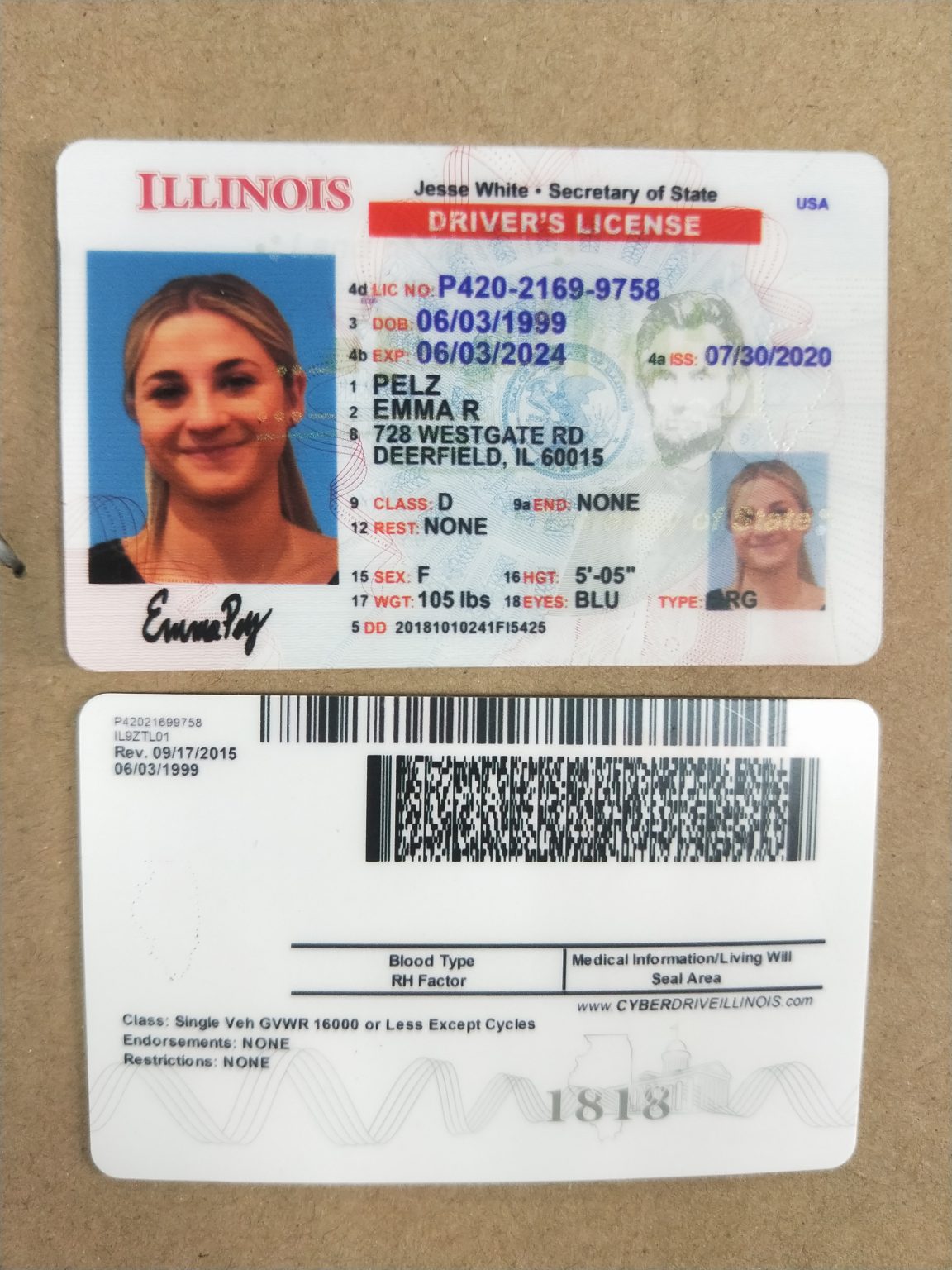
The second part focused on the emerging threats and the future of spoofs.Įach part included a question and answer session to allow for an interactive discussion between participants and panellists. Participants were also asked to identify a deepfake participant hidden among workshop panellists.

Remote identity proofing can be used in a variety of contexts where trust in the identity of a natural or legal person is essential – such as financial services, e commerce, travel industry, human resources, matching platforms (including delivery and ride-hailing services), public administrations, online gambling and many other sectors.

ENISA will soon publish a report focusing on remote face presentation attacks, where someone attempts to impersonate someone else, or create a fake identity.


Remote identity proofing is usually done over a webcam or a customer’s mobile phone, where the customers show themselves along with their government issued document – an identity card or passport. Remote identity proofing has received a lot of attention recently, due to the COVID-19 pandemic. Remote identify proofing methods are a way to identify individuals, without relying on physical presence. Traditionally, proofing an individual’s identity consists in physically providing evidence of an individual’s identity, by presenting a government issued ID.


 0 kommentar(er)
0 kommentar(er)
